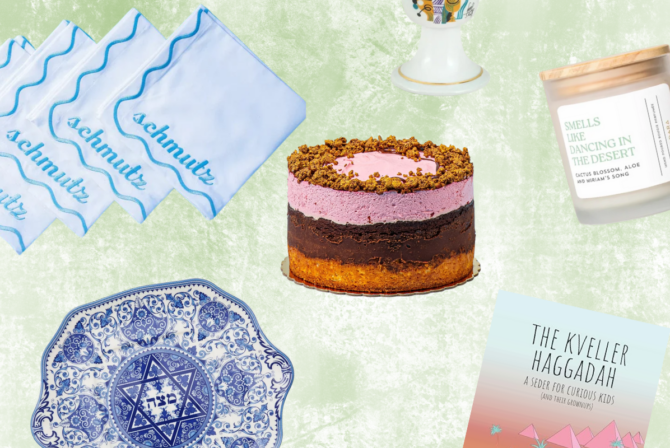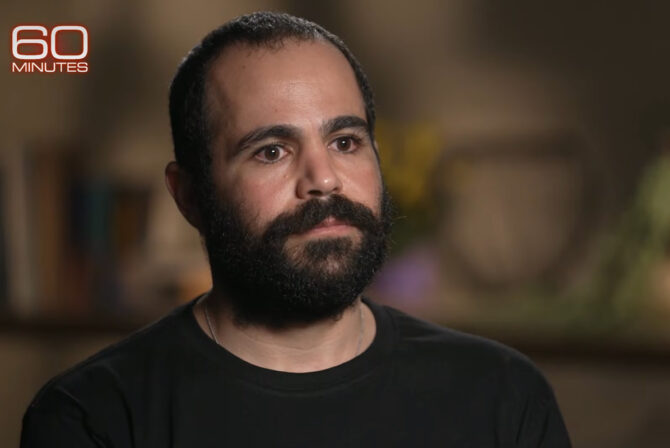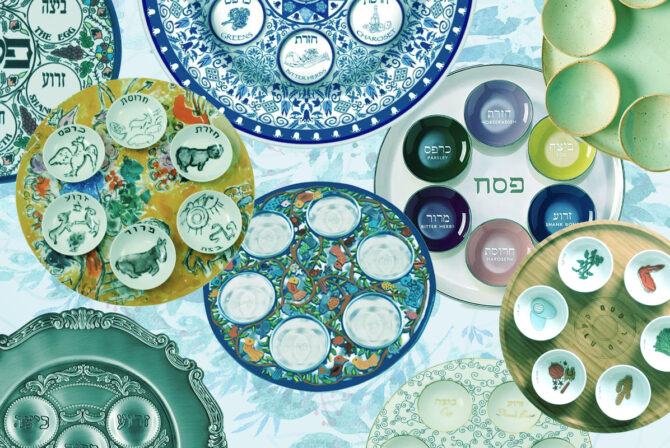In our defense, we had no idea. I mean, Roald Dahl. ROALD DAHL. Beloved storyteller and author of our childhoods. The man who gave us the fantasy of sailing away on oceans of chocolate and riding off into the sunset on the shoulders of a friendly giant. Or to space in a magical elevator. Or anywhere in our imaginations. Roald Dahl. What could possibly go wrong?
That was what I was thinking in the library, looking in the kids’ (I emphasize, THE KIDS’) section of audio books. (An aside: Anyone else still call them books on tape? We showed our kids a cassette tape not long ago. The results were…predictable.) I’d worked my way pretty steadily through the selection on hand, given our family’s newfound obsession with the medium.
We recently discovered that audio books drastically improve all car trips, and by extension, our lives. Our urban kids used to make every car trip a bit of an ordeal; they pretty much hated the car and would object strenuously whenever we had to get in, no matter how awesome the destination.
It’s a whole new ball game now; while they may not love driving, they go into the car willingly and are usually excited to continue whatever story we have playing. We’ve even ventured a few pretty long trips, and have found them not just easier, but downright enjoyable. I’m telling you: audiobooks.
And while we’re in the process of figuring out which library app works best to stream the books, and while we are avid users of the online site that transfers items between library branches, I still had a rich set of offerings in front of me during this library visit.
We’d had great success with “The Fantastic Mr. Fox,” and our kids love all things Dahl, so I reached for his collection of stories about his own childhood, titled simply “Boy.” Perfect, I thought—a series of short vignettes means there are natural breaks, and if they don’t like it we can switch to something else. And, again, Roald Dahl.
What could possibly go wrong?
Let me be clear that the stories are fantastic. Honest, quirky, beautifully written and read (by Dan Stevens, in this case), and deeply, deeply gripping. And there are magical moments in which his own experiences laid the framework for his later flights of imagination, like when he acted as a chocolate taster during secondary school. You can see where that led. We all know where that led.
The thing is, though, that even in Dahl’s family-friendly stories, there’s always something…a bit off. Slightly twisted, dark, dancing at the edge of dangerous and sometimes going over. What is often so appealing about the stories (for kids and adults alike) is the way they honestly, sometimes painfully, reveal the inconsistencies and hidden and-not-so-hidden dangers of the adult world.
As experienced by a child. Rendered in the pitch-perfect voice of that child. The way they show the cruelty of those in charge. The way they show that sometimes, the kids know better than the adults.
Because it turns out that Dahl’s childhood was exactly that kind of place—full of danger, and pain, and the puzzling casual cruelty of adulthood. (Filled also with love and laughter and a wonderful supportive family. But not just that.)
The first story of school beating (“caning”) appears really early on in the narrative. And it’s graphic, and detailed, and it made me and my husband wince to hear it. My finger hovered over the stop button on the car player. My husband looked at me, outraged. (What kind of story is this, his eyes asked? ROALD DAHL, mine screamed back. And yes, I normally pre-screen their media, and I didn’t here. Clearly.)
We braced ourselves for our kids’ reaction, looking back in the rearview mirror to see what we assumed would be horror-filled faces.
They were rapt. Hanging on every word. We decided (partly due to our own enjoyment) to keep listening.
That wasn’t the last of the school beatings, nor the only incident of great physical and emotional pain and betrayal on the part of an authority figure. There were many, and Dahl himself addresses this late in the book, saying that he focuses so heavily on these beatings because he can’t escape them. Because he was so injured by them. Because he thinks they are so very wrong. Because they haunt him still.
And that’s the message I think my kids were getting from these stories. That this stuff happens, that it is wrong, and that it shouldn’t happen. That it doesn’t happen to them, which is Good, but that doesn’t meant that it doesn’t happen at all. And that’s Bad.
Many scholars have argued that the original fairy tales (not the sanitized Disney-fied versions that are inescapable today), with their gory endings and their violence and their retribution (think Cinderella’s sisters getting their eyes gouged out), served to help kids deal with their own, real-world and all too real anxieties.
That’s at least part of the appeal of “Harry Potter,” for instance: It’s simply true that sometimes grown-ups act badly and don’t follow the rules, while still expecting kids to do so. It’s simply true that kids don’t understand the reasons for everything. And it’s simply true that while often (more often than not) the reasons are good, even if they are opaque, that’s not always true. And certainly not in the eyes of a child. That’s worth remembering. And it’s also true that my kids’ tolerance for scary stuff is much higher in books than the few movies or television shows they’ve seen. And it’s true that they, despite our reservations, absolutely loved “Boy.”
I’m not going to lie. Every time another beating, or story of an operation without anesthetic, or tale of bullying came up, my finger hovered over stop. And every time I looked back, and saw how carefully my kids were taking it in. And how much sense it all made to them. I took my cue from them, and let it play.
Sometimes kids know better than adults.
Read More:
Electroconvulsive Therapy Saved My Life & Helped Me Be Myself Again
How to Help a Parent Whose Child is Suffering From Mental Illness
The Childfree Life vs. The Childfull Life







